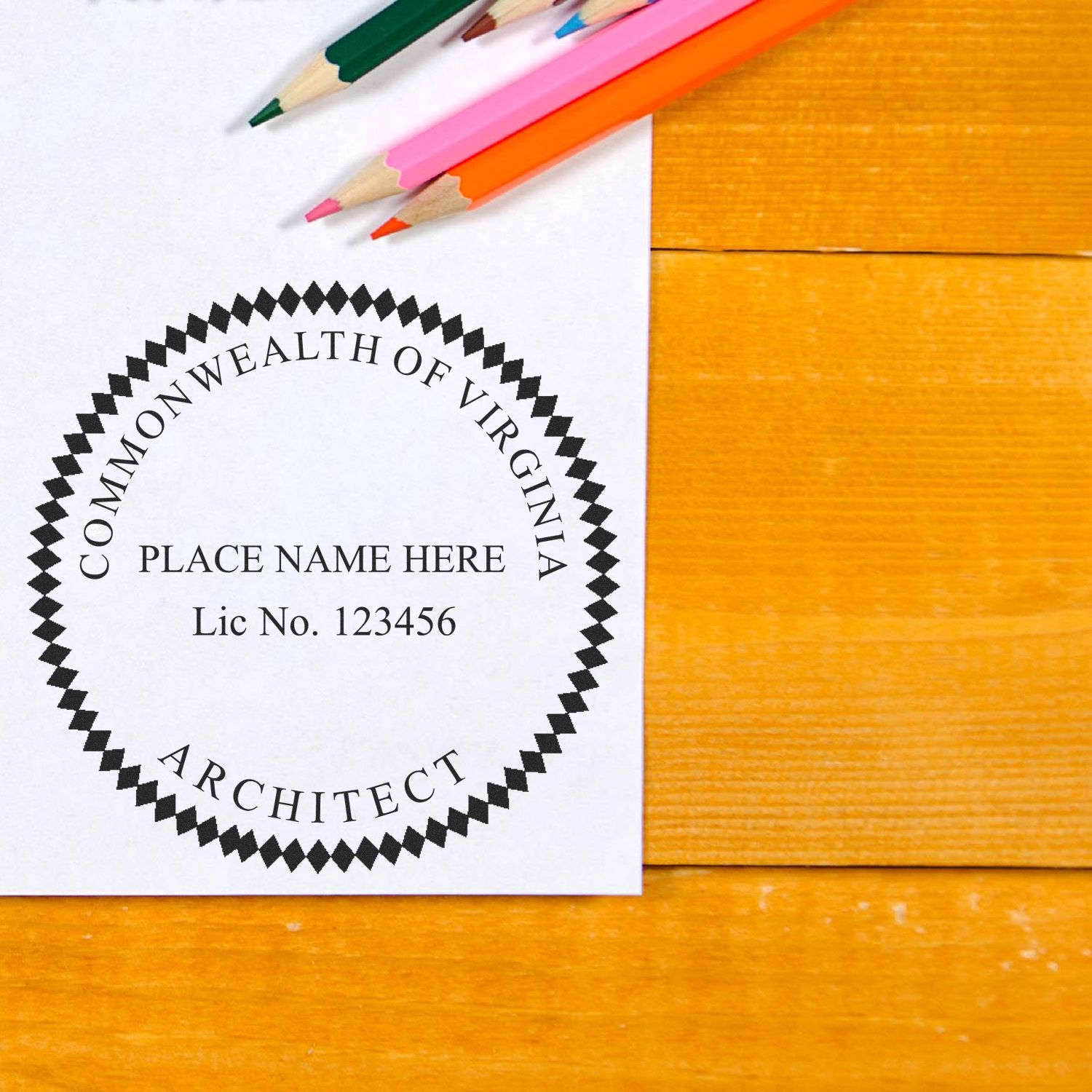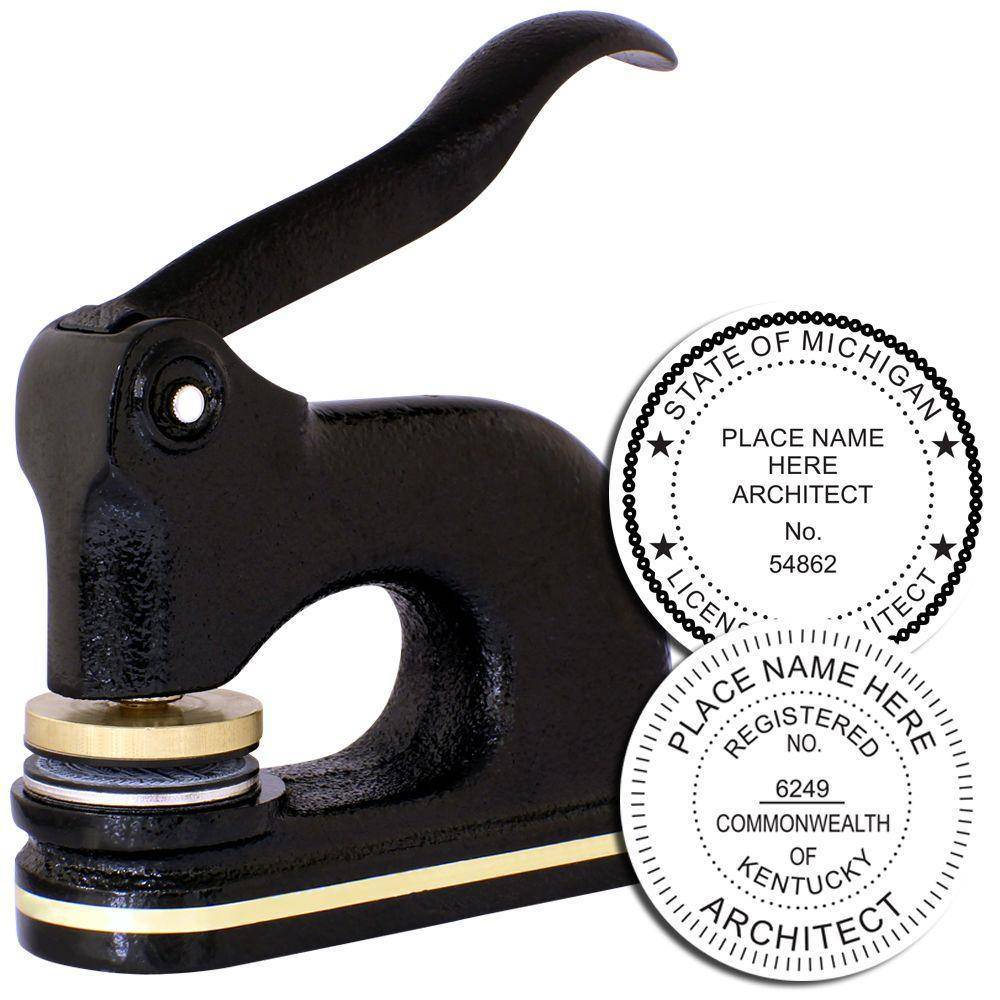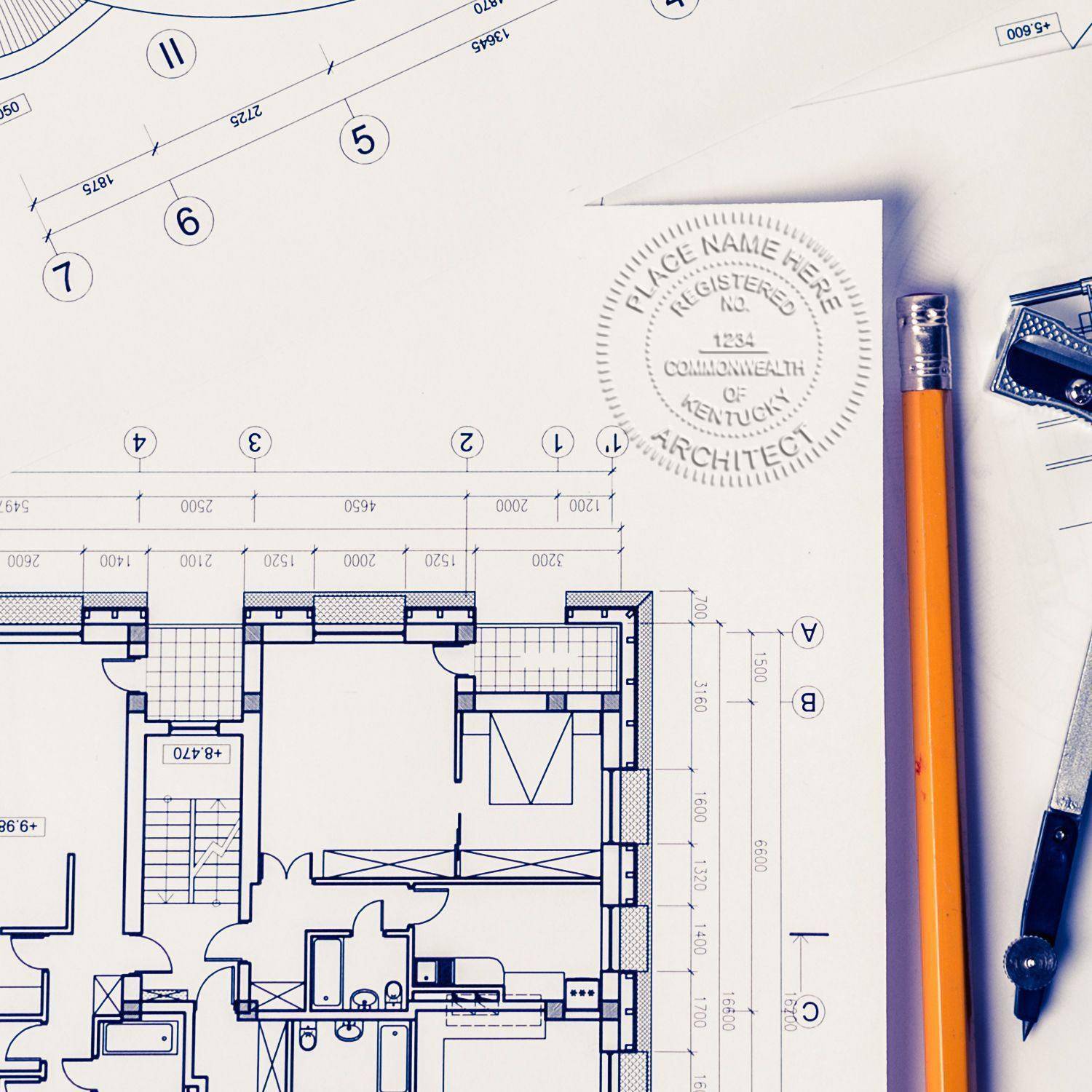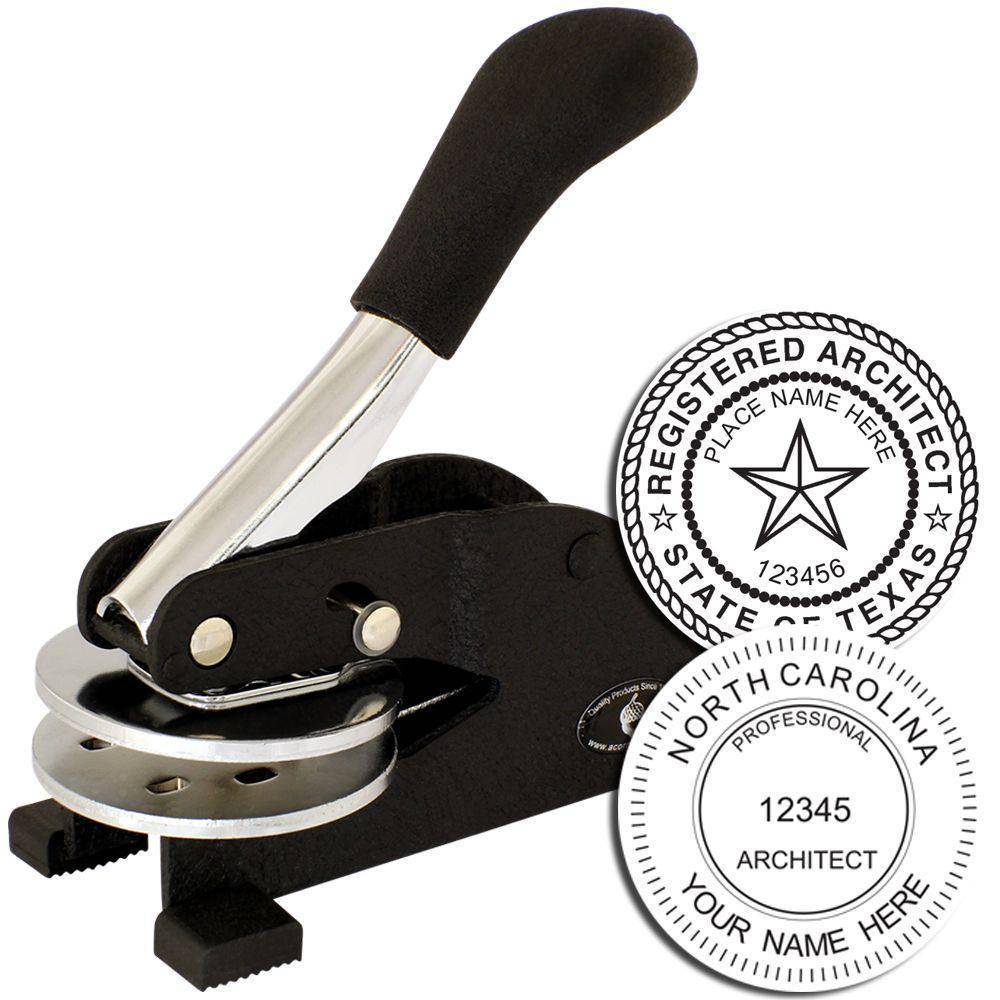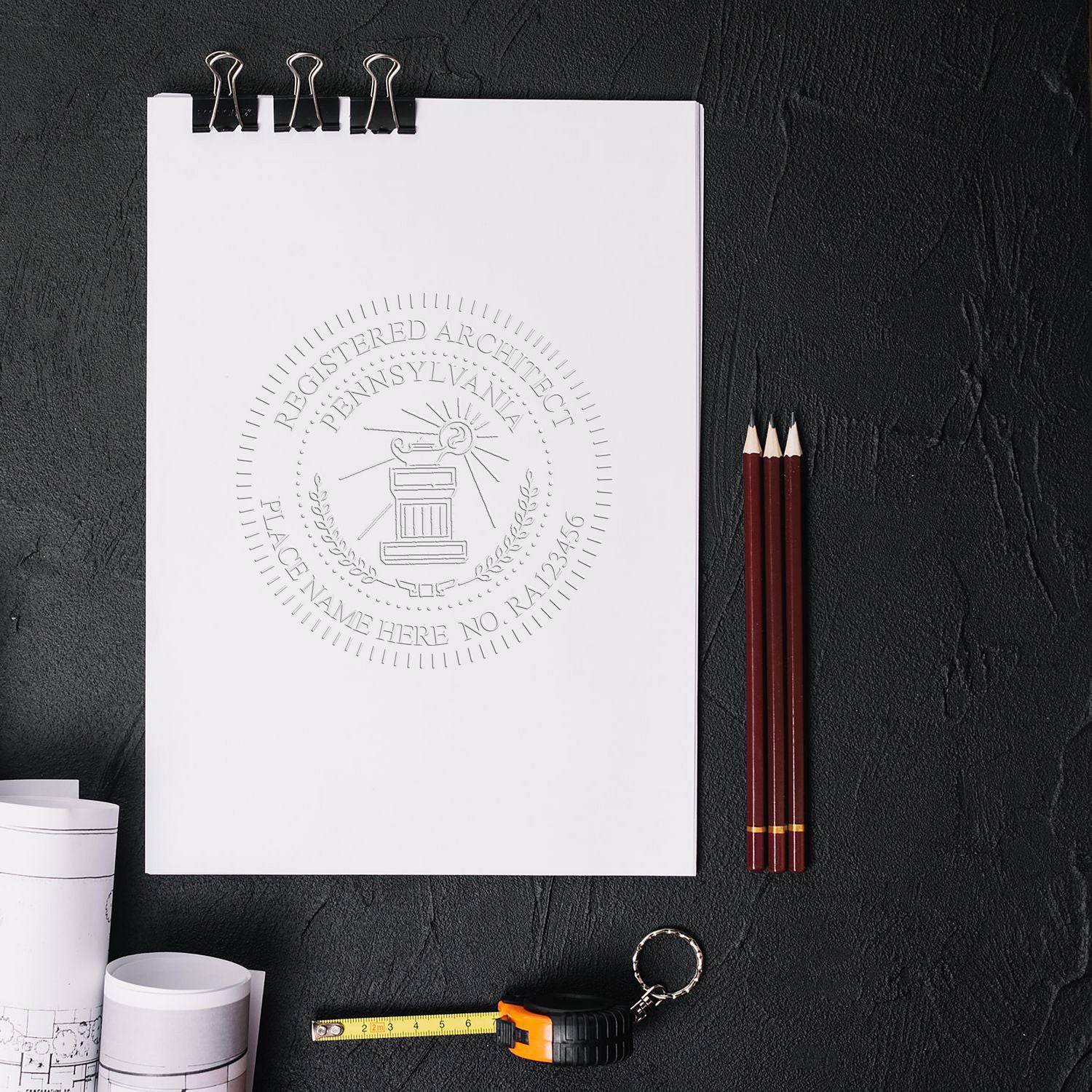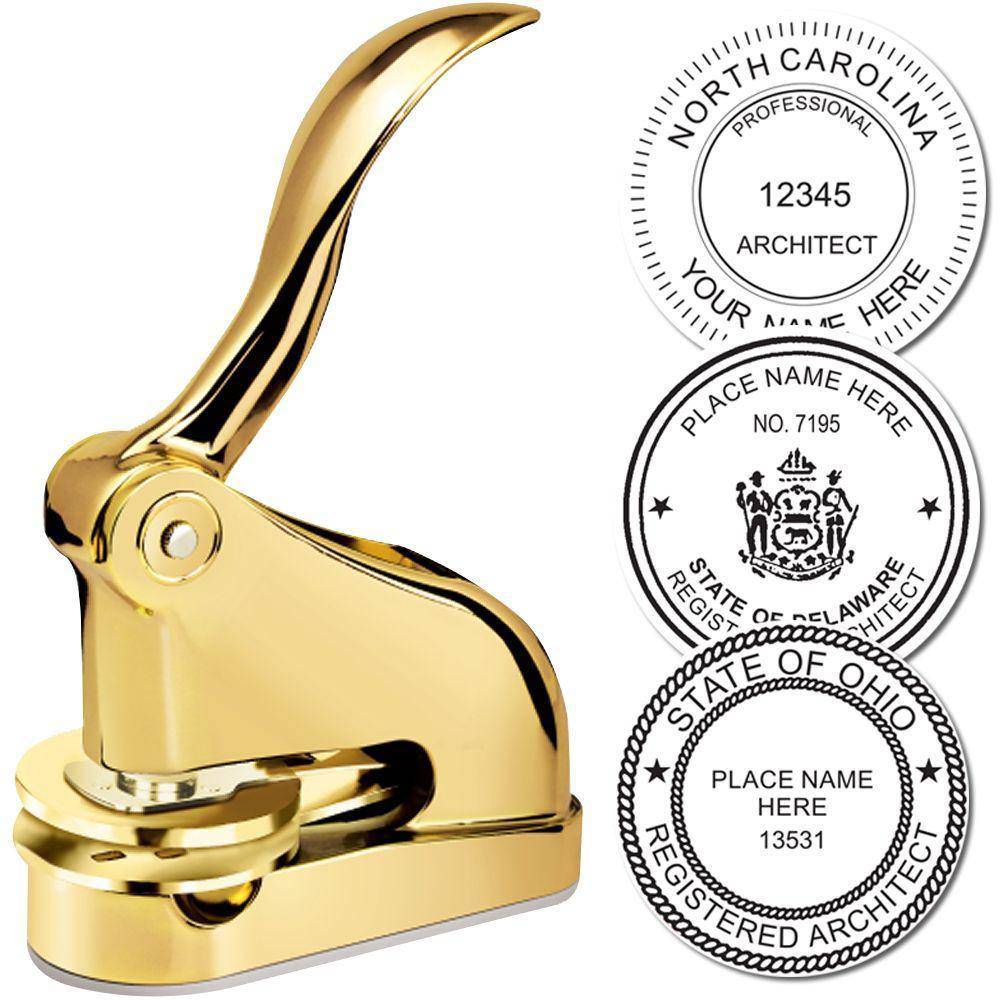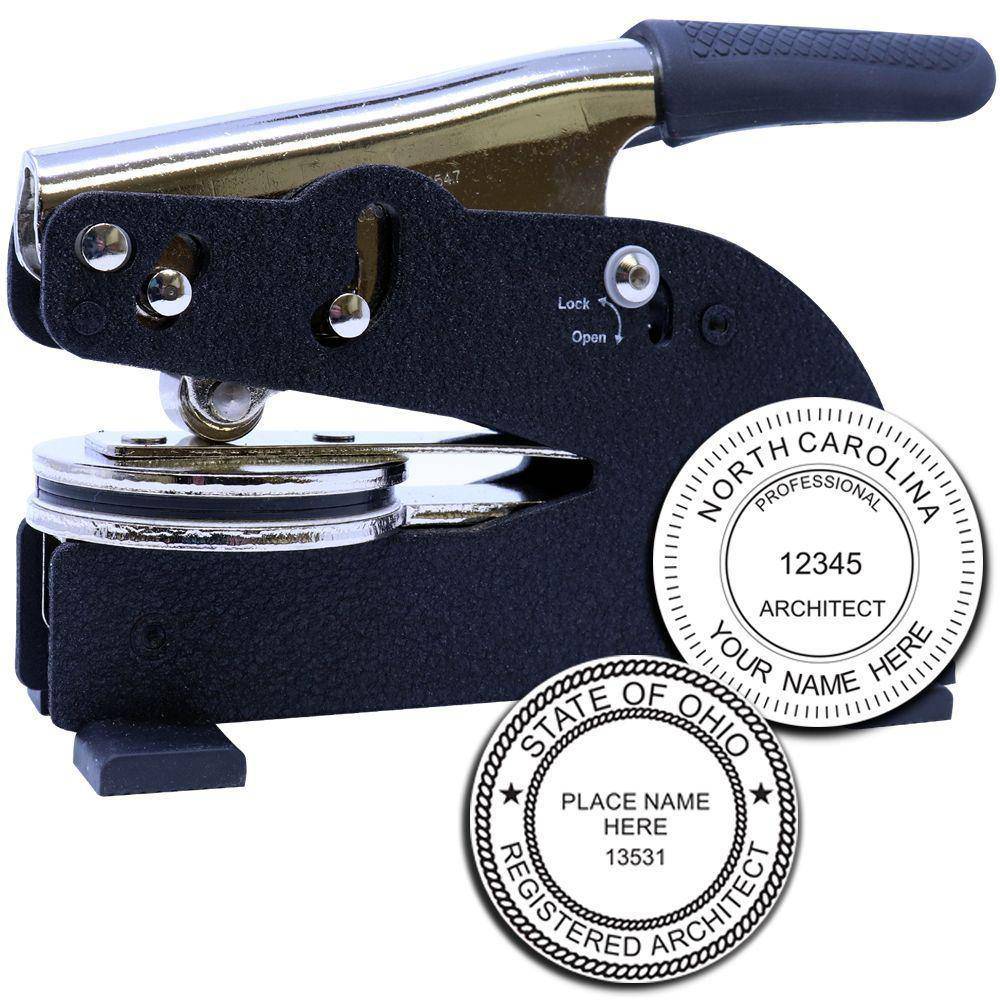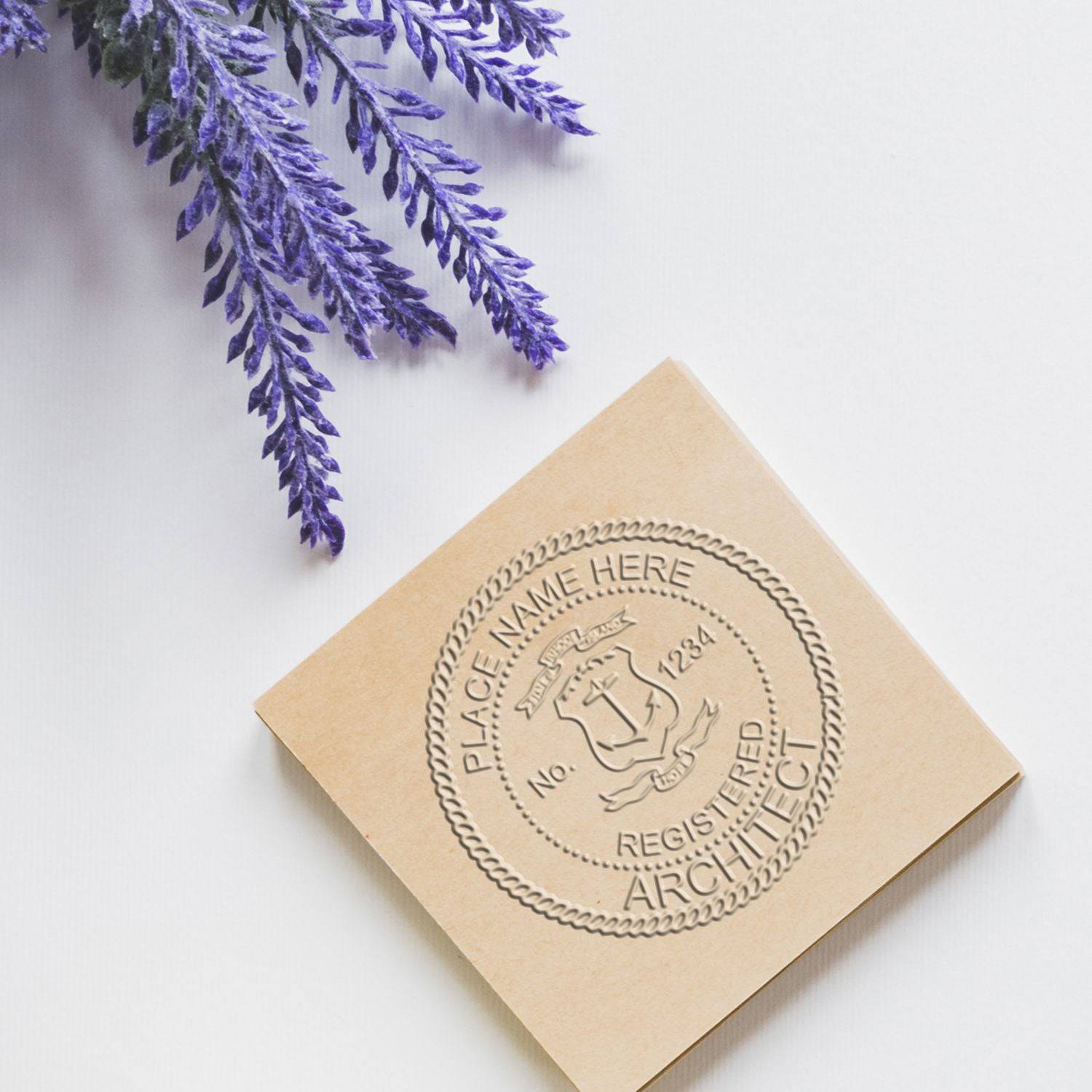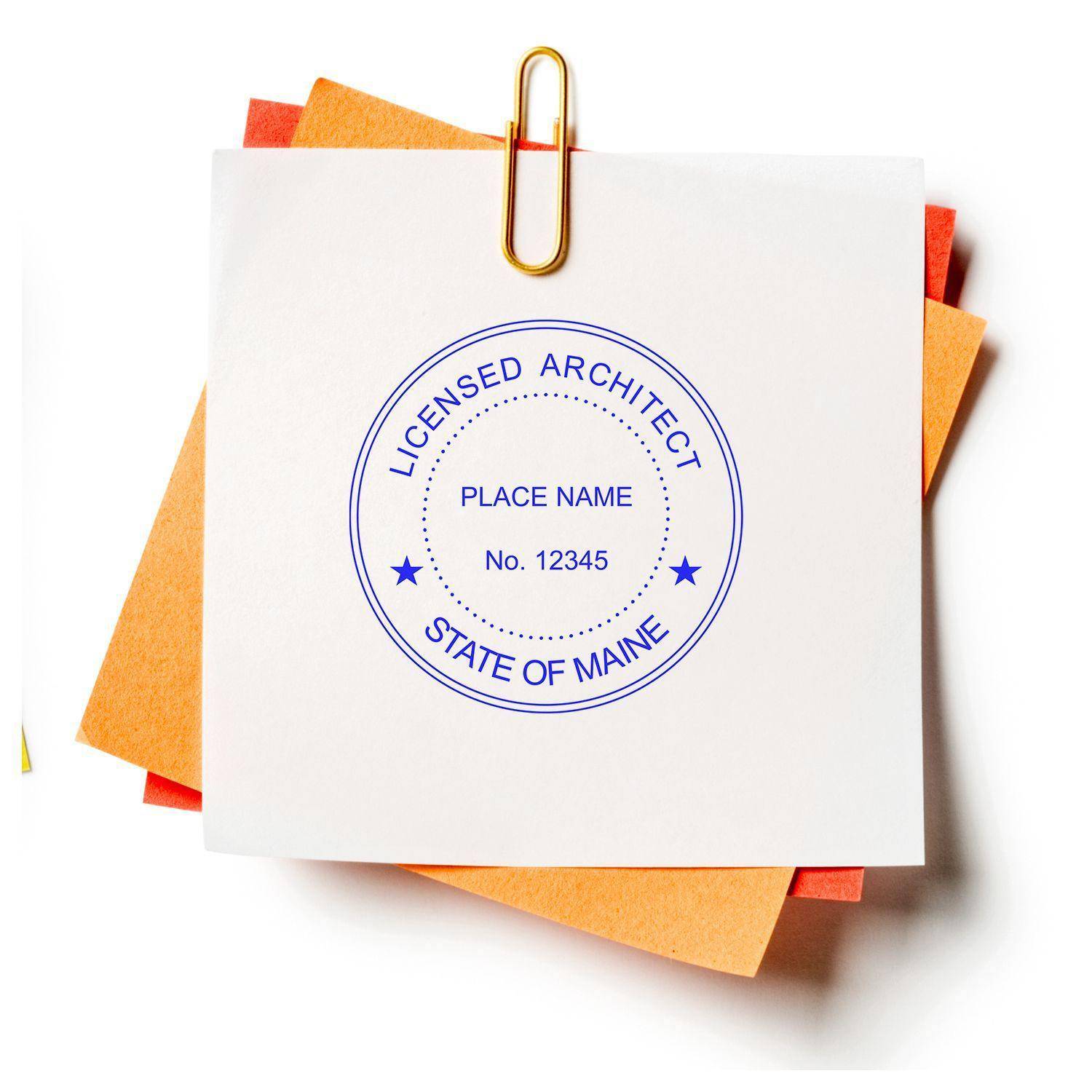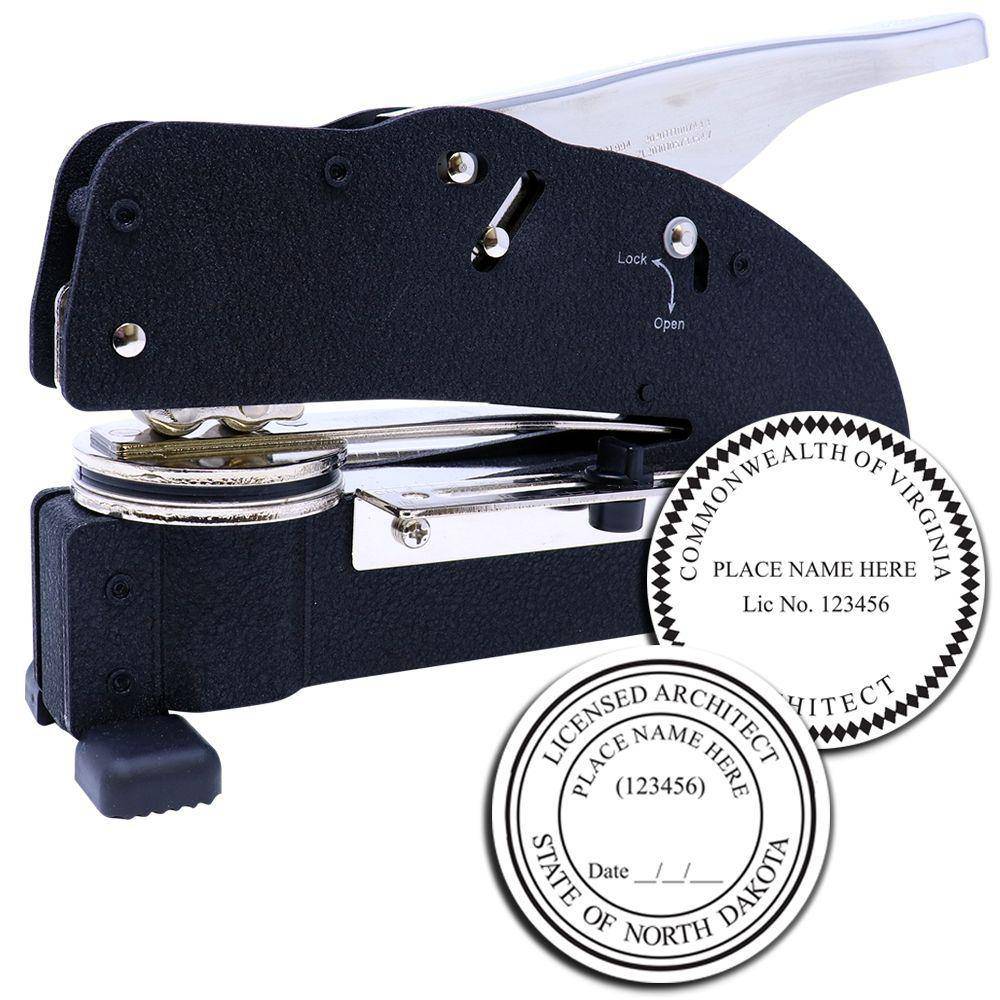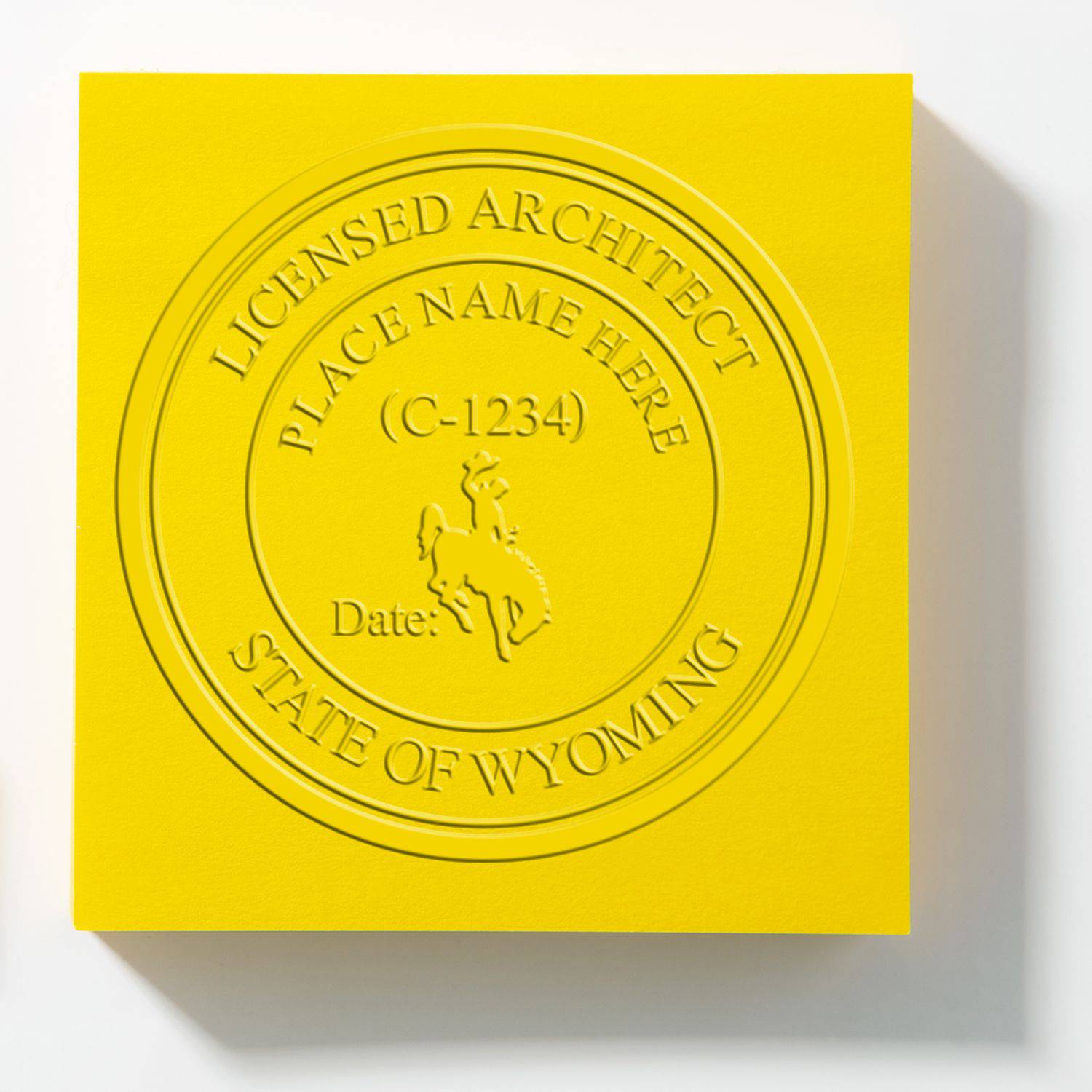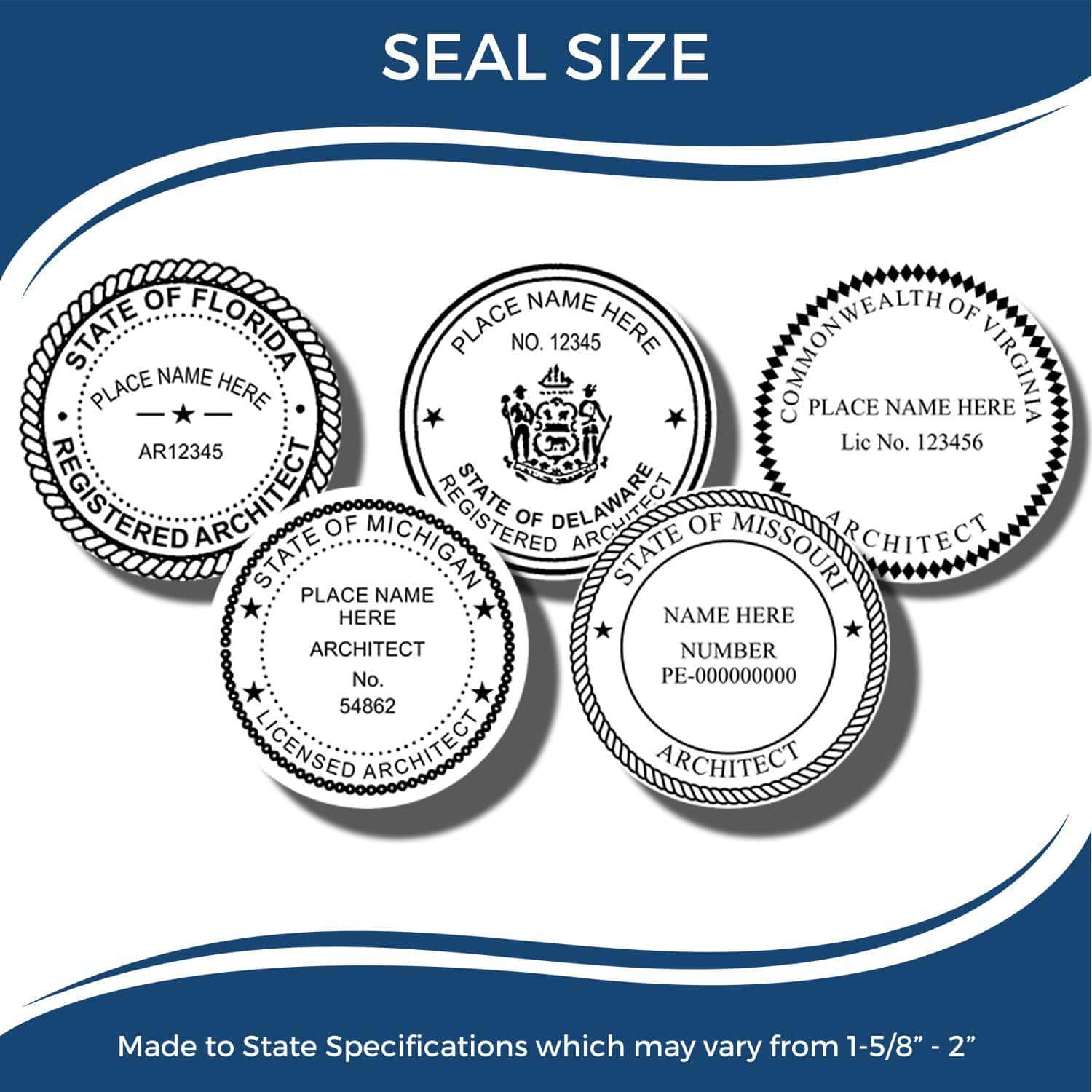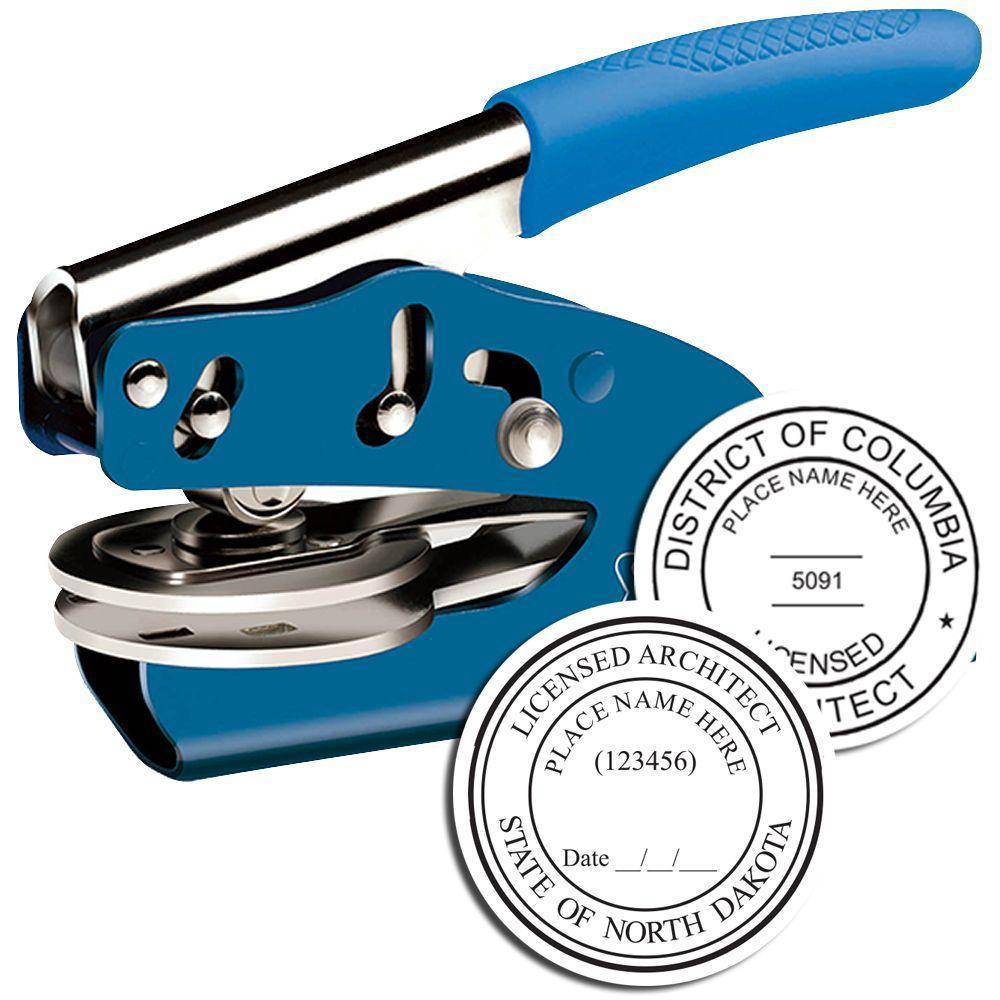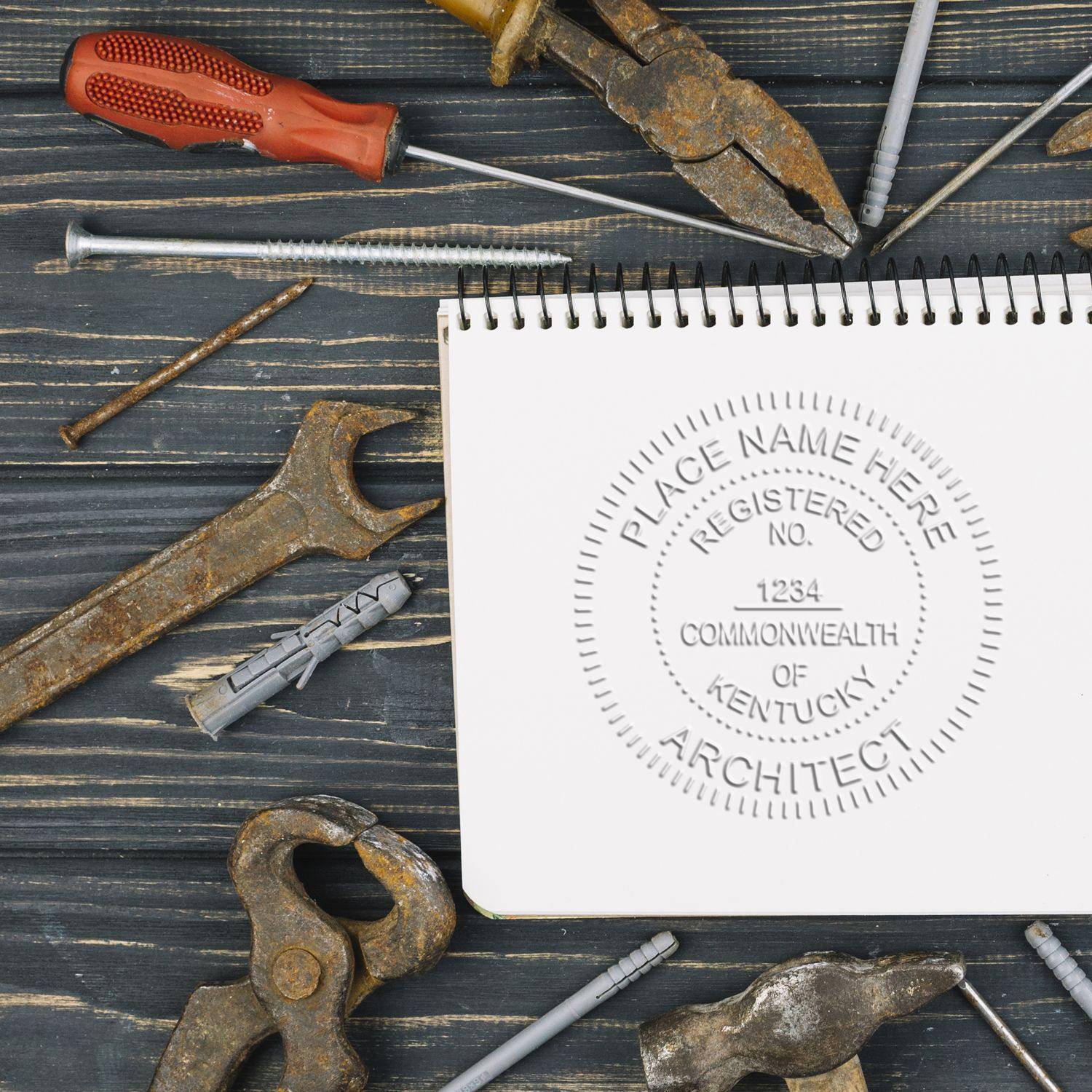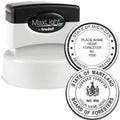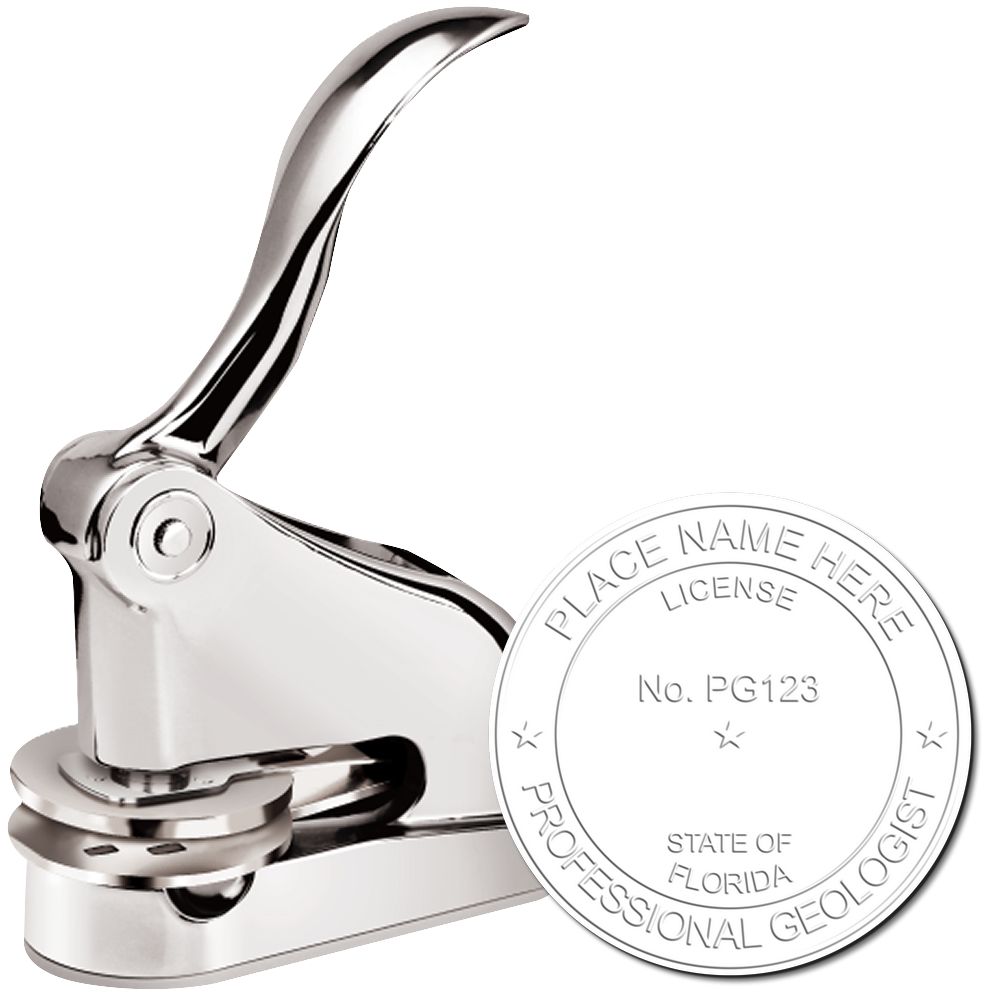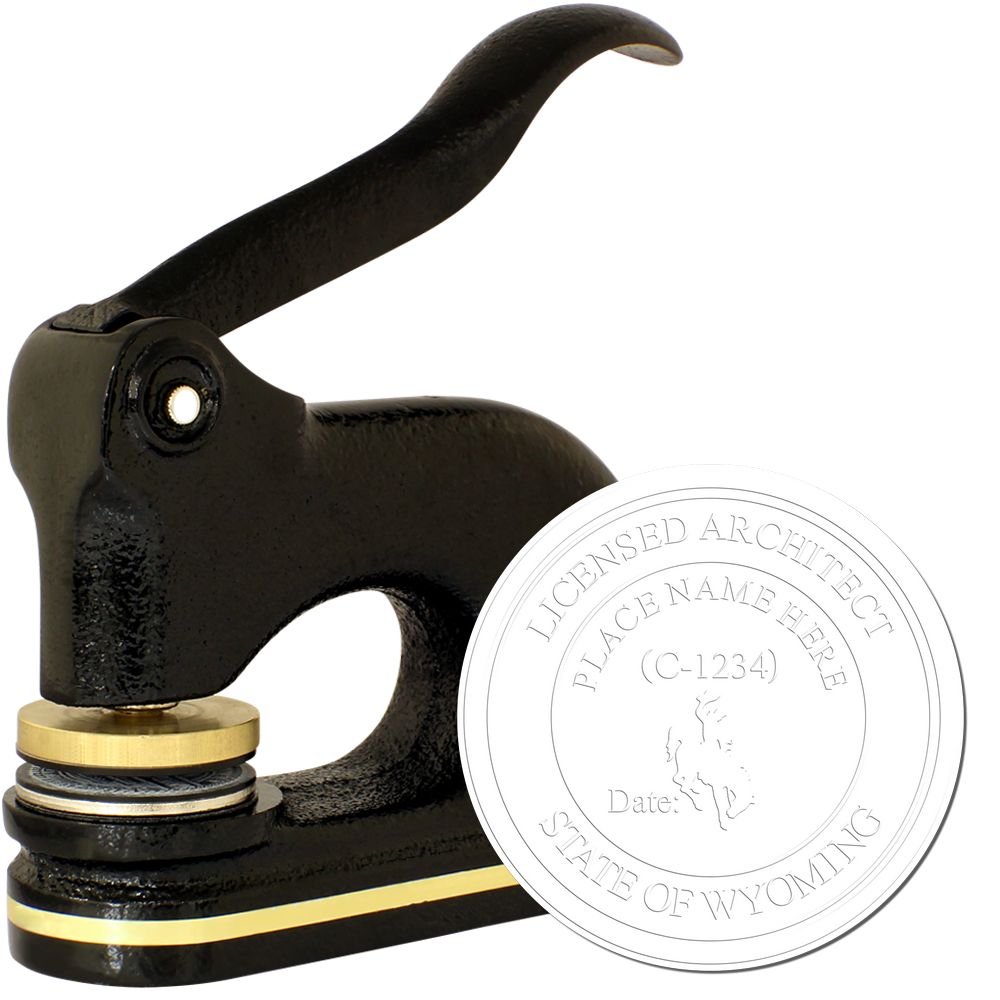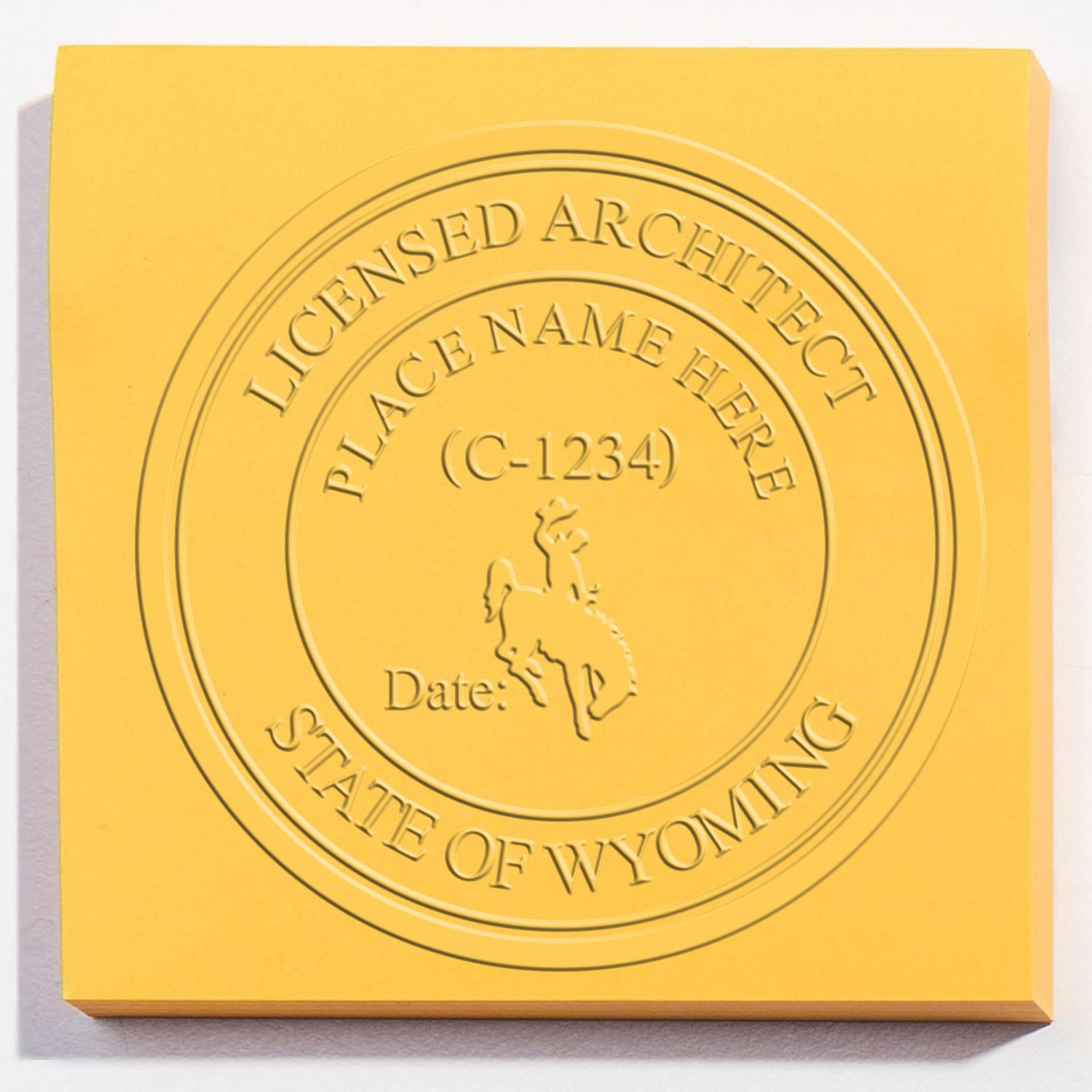The Importance of Architect Seals and Stamps
Architect seals and stamps play a crucial role in the field of architecture. They serve as official marks of authentication and compliance, ensuring that architectural plans and documents meet the necessary legal and regulatory requirements. Let's explore the role of architect seals and stamps, as well as their significance in terms of legality and compliance.
The Role of Architect Seals and Stamps
Architect seals and stamps act as a symbol of authority and expertise in the architectural profession. They are used to authenticate architectural plans, drawings, and other documents, indicating that a licensed architect has reviewed and approved them. The seal or stamp typically includes the architect's name, license number, and other necessary identifying information.
By affixing their seal or stamp to architectural documents, architects take responsibility for the accuracy, compliance, and safety of the design. This helps establish trust and confidence in the architectural process, assuring clients, building officials, and other stakeholders that the plans have been prepared and certified by a qualified professional.
Legality and Compliance
Architect seals and stamps are not just symbols; they also have legal implications. In many jurisdictions, architectural plans and documents must bear the seal or stamp of a licensed architect to be considered valid and compliant with local building codes and regulations.
The use of architect seals and stamps ensures that architectural work meets specific standards, including structural integrity, accessibility, fire safety, and more. It helps protect the public by ensuring that buildings and structures are designed by qualified professionals who adhere to established industry standards and regulations.
Architects must familiarize themselves with the specific regulatory requirements of the state or region where they practice. Each jurisdiction may have its own guidelines regarding the use of seals and stamps, including the size and design specifications. For detailed information on state-specific requirements, architects can refer to our article on architect seals.
In summary, architect seals and stamps serve a vital role in the architectural profession. They provide legal recognition and authority to architectural plans and documents, ensuring compliance with building codes and regulations. By affixing their seal or stamp, architects demonstrate their expertise, accountability, and commitment to upholding the highest standards in architectural design and construction.
Understanding Architect Seals and Stamps
To comprehend the significance of architect seals and stamps, it's important to understand their purpose, function, and design requirements.
Purpose and Function
Architect seals and stamps serve as a form of official identification for architects and their work. These tools play a crucial role in verifying the authenticity and authority of architectural documents, such as blueprints and plans. When an architect affixes their seal or stamp to a document, it signifies their professional responsibility and adherence to industry standards.
The primary purpose of architect seals and stamps is to certify that the architectural work has been prepared and approved by a licensed architect. This certification holds legal weight and provides assurance to clients, contractors, and regulatory authorities that the architectural plans meet the necessary standards and comply with local building codes and regulations.
Design and Requirements
Architect seals and stamps have specific design requirements that vary by jurisdiction. The design typically includes essential elements such as the architect's name, license number, and the state or jurisdiction in which they are licensed. These elements help identify the responsible architect and ensure compliance with state-specific requirements.
The size and format of architect seals and stamps also have specific guidelines. They must be legible and clear, allowing for easy identification of the architect's information. The size of the seal or stamp may vary depending on the jurisdiction. For more information on architect stamp size requirements, refer to our article on architect stamp size.
Architect seals can be created using different methods. Some architects prefer embossing seals, which create a raised impression on the document. These seals provide a tactile and visual indication of authenticity. Others opt for pre-inked stamps or self-inking stamps, which offer convenience and ease of use. Each type has its own advantages, and architects should choose the option that best suits their needs. For more information on different types of architect seals and stamps, visit our article on architect seals.
Understanding the purpose, function, and design requirements of architect seals and stamps is essential when considering their purchase. Architects should ensure that the seals or stamps they choose comply with state-specific requirements and meet the necessary quality and durability standards. Additionally, customization options are available to include additional information or design elements. To explore the range of options, check out our article on professional architect seals.
By understanding architect seals and stamps, architects can make informed decisions when selecting the tools that will represent their professional identity and certify their architectural work.
Benefits of Architect Stamps
Architect stamps play a crucial role in the architectural profession, providing various benefits to architects and their clients. These stamps are not only a legal requirement in many jurisdictions but also serve as a symbol of authenticity, accountability, and efficiency. Let's explore the key benefits of architect stamps in more detail.
Legal Recognition and Authority
Architect stamps hold legal recognition and signify the authority of an architect's work. Many jurisdictions require architectural plans, drawings, and documents to bear the official seal of a licensed architect. This seal signifies that the architect has reviewed and taken responsibility for the design, ensuring compliance with applicable building codes, regulations, and industry standards.
By affixing their architect stamp, professionals demonstrate their legal authority to practice architecture and provide assurance to clients, regulatory authorities, and other stakeholders that the project has been designed by a qualified and licensed architect. The use of architect stamps helps maintain the integrity and credibility of the architectural profession.
Ensuring Authenticity and Accountability
Architect stamps contribute to ensuring authenticity and accountability in the architectural field. When an architect signs and seals a document, it becomes a legally binding representation of their professional expertise and involvement in the project. The seal serves as an assurance of the authenticity of the architectural plans and documents, protecting against unauthorized modifications or tampering.
Moreover, architect stamps hold architects accountable for their work. By affixing their stamp, architects take responsibility for the accuracy and compliance of the design with applicable regulations. This accountability fosters trust between architects, clients, and regulatory bodies, ensuring that architectural projects meet the required standards and codes.
Streamlining Approval Processes
Architect stamps play a vital role in streamlining approval processes for architectural projects. When submitting plans and documents to local building authorities, having the architect's seal simplifies the review and approval process. Regulatory agencies often prioritize reviewing sealed documents, as they represent the professional expertise and compliance of a licensed architect.
The presence of an architect stamp can expedite the approval process, reducing delays and potential rejections. It helps demonstrate that the project has been thoroughly reviewed, meets the necessary criteria, and complies with building codes. This efficiency benefits both architects and their clients, enabling timely project execution and completion.
Architect stamps, such as embossing seals, pre-inked stamps, and self-inking stamps, offer various customization options to meet specific preferences and state-specific requirements. Architects should consider factors such as state-specific regulations, quality, durability, and customization options when purchasing architect stamps. For more information on architect seals, including size and online purchasing options, refer to our article on architect seals.
In summary, architect stamps provide legal recognition, ensure authenticity and accountability, and streamline approval processes. By affixing their seal, architects signify the authority of their work and demonstrate compliance with regulations. These stamps are an essential tool for architects, helping to maintain the integrity and professionalism of the architectural profession.
Types of Architect Seals and Stamps
Architect seals and stamps play a vital role in the architectural field, providing official recognition and authentication to architectural documents. There are different types of architect seals and stamps available, each with its own unique characteristics. In this section, we will explore three common types: embossing seals, pre-inked stamps, and self-inking stamps.
Embossing Seals
Embossing seals are a classic choice for architects seeking a traditional and elegant method of authentication. These seals utilize a mechanism that creates a raised impression on the paper when pressure is applied. The raised impression, or embossment, provides a visually distinctive mark that signifies the authenticity of the document.
Embossing seals are known for their durability and the ability to create a permanent and tamper-evident impression. They do not require any additional ink or replacement pads, making them a cost-effective option in the long run. To learn more about the benefits and usage of embossing seals, check out our article on architect seals.
Pre-Inked Stamps
Pre-inked stamps are another popular choice among architects. These stamps come pre-inked with a sufficient amount of ink, eliminating the need for separate ink pads. The ink is contained within the stamp itself, ensuring a clean and consistent impression with every use.
The advantage of pre-inked stamps is their convenience and ease of use. They provide a quick and efficient way to apply the architect's seal onto documents. Pre-inked stamps are available in various sizes, allowing architects to choose the appropriate stamp size based on their specific needs. For more information on selecting the right stamp size, refer to our article on architect stamp size.
Self-Inking Stamps
Self-inking stamps are a modern and efficient solution for architects who require frequent and repetitive stamping. These stamps feature a built-in ink pad that automatically re-inks the stamp after each impression, making them ready for the next use.
The key benefit of self-inking stamps is their convenience and time-saving nature. With each press, the stamp leaves a clear and consistent impression, ensuring legibility and professionalism. Self-inking stamps are available in various sizes and can be customized with the architect's information and logo. To explore the options for creating a professional architect seal online, visit our article on architect seal online.
When considering the right type of architect seal or stamp, it's important to assess your specific requirements and preferences. Factors such as durability, convenience, and customization options should all be taken into account. Additionally, it's crucial to ensure that the chosen seal or stamp meets the legal and professional standards of your jurisdiction. For more information on professional architect seals and stamps, check out our article on professional architect seals.
Considerations When Purchasing Architect Stamps
When it comes to purchasing architect stamps, there are several important factors to consider. These considerations will ensure that you select the right architect stamp that meets your specific needs and complies with state-specific requirements.
State-Specific Requirements
Before purchasing an architect stamp, it is crucial to familiarize yourself with the state-specific requirements for architect seals and stamps. Each state may have specific guidelines and regulations regarding the design, size, and format of the architect stamp. It is essential to adhere to these requirements to ensure the legality and acceptance of your stamped documents. To learn more about architect seals and the regulations in your state, you can refer to our article on architect seals.
Quality and Durability
The quality and durability of an architect stamp are important considerations, as they directly impact the longevity and performance of the stamp. Look for architect stamps that are made from high-quality materials, such as metal or durable plastic. These materials ensure that the stamp can withstand repeated use without compromising the clarity of the impression. Additionally, consider the ergonomic design of the stamp, as a comfortable grip enhances ease of use and reduces fatigue during stamping. Remember, a well-made architect stamp guarantees a professional and crisp impression every time.
Customization Options
Customization options are another aspect to consider when purchasing an architect stamp. Some companies offer the flexibility to customize the content and design of the stamp. This customization allows you to include relevant information such as your name, license number, and contact details. It is important to ensure that the customization options align with the state requirements for architect stamps. By having a personalized architect stamp, you can easily add your unique professional touch to your architectural documents. To determine the appropriate size for your architect stamp, you can refer to our article on architect stamp size.
By carefully considering these factors, you can make an informed decision when purchasing architect stamps. Remember to adhere to the state-specific requirements, prioritize quality and durability, and explore customization options. Investing in a reliable architect stamp will ensure that your stamped documents are legally recognized, authentic, and streamline approval processes.
About ESS
At Engineer Seal Stamps, we pride ourselves on being the makers of high-quality custom rubber stamps, professional seals, and notary stamps. Our commitment to providing exceptional products and outstanding customer service is evident in everything we do. As industry leaders, we understand the importance of creating reliable stamps that meet your exact requirements and specifications.
We offer a variety of options to ensure our customers receive the exact product they need. Our team of highly skilled professionals works diligently to ensure we provide a range of state board guarantees on each of our products. These guarantees give you peace of mind knowing that you are receiving a reliable, efficient and trustworthy engineering seal stamp or notary stamp. Moreover, our team is committed to providing an unparalleled quick turnaround time on all of our products. This ensures that you receive your customized stamps in a timely manner, allowing you to proceed with your projects or business operations without any delays.
At Engineer Seal Stamps, we take pride in our exceptional customer service and commitment to quality. Our knowledgeable and friendly customer service representatives are always here to answer any of your questions or concerns. We understand that the needs of every business and individual differ, and we work hard to meet and exceed your expectations with our highly customizable stamp products. Choose Engineer Seal Stamps for all your custom rubber stamp, professional seal, and notary stamp needs to experience our superb customer service, superior quality, and fast turnaround time.

